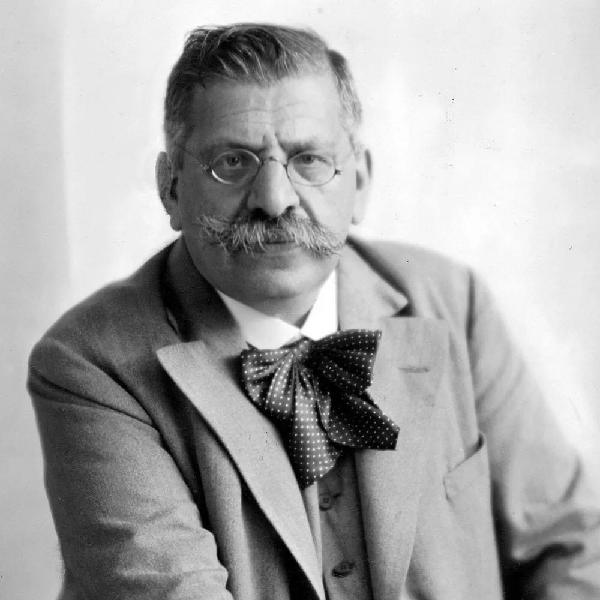Two separate items from Computerphile this week, both from the University of Nottingham.
First up, Dr. Steve Bagley talks about the 50th anniversary of Ethernet, which was developed (where else?) at Xerox PARC. It was originally intended for a local Xerox network, but undoubtedly its superiority to other connections led to its adoption.
Dr. David Brailsford talks about the history of PDF, of which he was involvement in its development. There are several other videos where he talks about PDF, its capabilities, and how it came to be.



